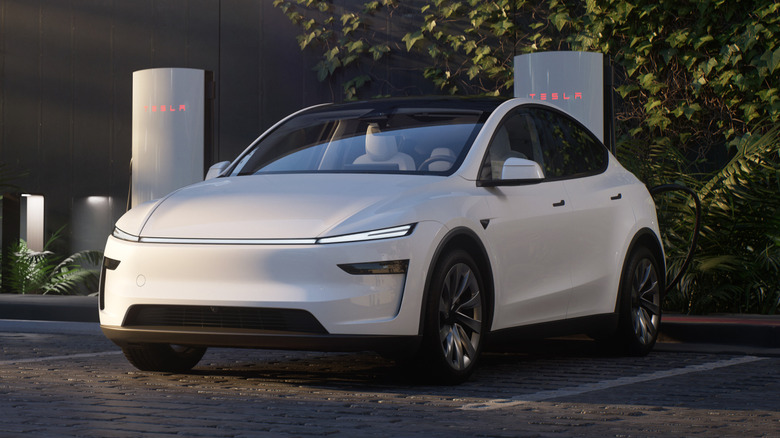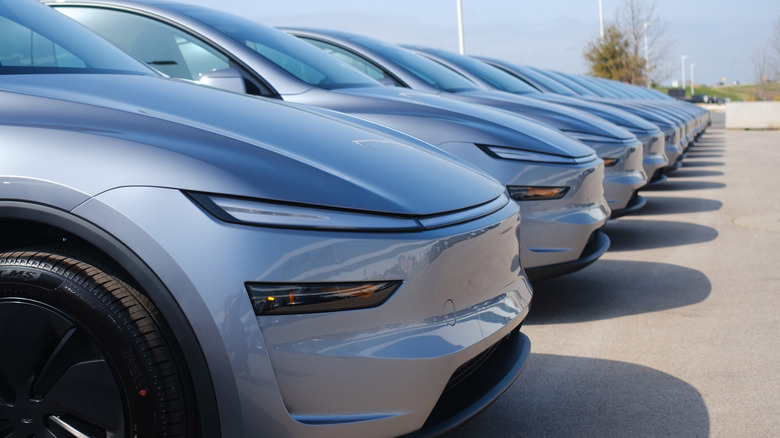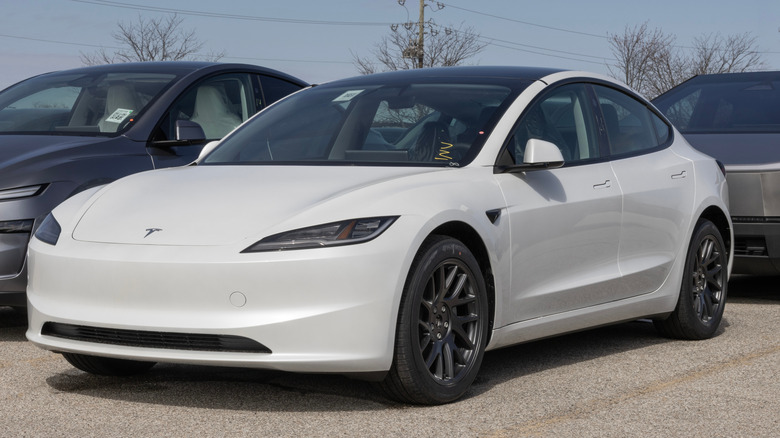How Long Can You Leave A Tesla Parked Without Charging?
Owning an electric car, such as a Tesla, can be a bit of a learning curve for first timers. Unlike internal combustion engine-powered vehicles, Tesla EVs require drivers to consider charging, battery health, range, and various other factors to properly maintain an electric vehicle's battery. But what if one decides to skip driving their Tesla for days or weeks at a time and decides to leave it parked?
First things first, if possible, it's always best to leave it plugged in. This will prevent the battery from depleting fully while also ensuring the battery does not overcharge, thanks to Tesla's advanced safety battery management systems. The car's onboard systems will manage charging effectively and keep the battery charge at a safe level and thus allowing owners to leave the car parked for extended periods without worry.
If one must leave it unplugged, making sure it has enough charge is a must. Tesla cars lose about 1% of their battery per day, even when parked, depending on conditions. A good rule of thumb is to plan to discharge at least 1% per day of planned inactivity (e.g., 14% for two weeks) and make sure your battery is at a level that exceeds that. Ultimately, some phantom drain is unavoidable, making it vital to understand Tesla's battery management systems and how to make the most of them while the car remains idle for long durations.
What affects Tesla battery life while idle?
The 1% battery discharge per day rule is an easy way of understanding how much charge a Tesla battery loses while idle. However, many other factors can either worsen this or make it considerably better, and these include the ambient temperature, sentry mode, cabin overheat protection, frequent vehicle checks, the energy-saving feature, battery age, software, and more.
Cold weather can hurt a Tesla battery and will increase phantom drain while the car sits idling due to inefficient lithium cycling. If a Tesla has the Sentry Mode activated, it will keep some of the car's sensors and cameras running and thus will use more battery while idling. If it's hot outside and the car has the cabin overheat protection feature turned on, it will kick in the A/C to cool the car down, and that can have a massive impact on the battery.
Frequent vehicle checks through the app wake the car up more frequently and use more power, while the energy-saving feature reduces the amount of energy consumed when the car is not in use, so using it can be a great way to conserve a bit of battery while idling. Older batteries are also more susceptible to phantom drain, while potential software updates and bugs can never be completely ruled out.
Risks of a fully depleted Tesla battery
According to Tesla, fully discharging the high-voltage battery "may result in damage to vehicle components." At near 0% charge, the Model Y, like other Tesla models, engages a power-saving mode that disables all but critical functions, including support for the 12‑volt system. This low-power state can last only so long before the car becomes completely inoperable unless recharged as soon as possible.
A 2024 study by the International Journal of Data Science and Applications on lithium-ion battery safety also underlines why a complete battery discharge is a serious risk. According to the study, "dropping below the charge cut-off voltage level permanently damages the chemical structure of the battery, significantly reducing its capacity. Moreover, if the discharge process continues, the chemical reactions of the electrolytes inside the battery can occur uncontrollably, leading to serious problems such as overheating and even explosion."
If the battery dies completely, Tesla recommends an EV-specific jump-start procedure that uses a jump pack on the low-voltage battery only, and a Tesla should never be used to jump-start another car. Moreover, the company also warns that Tesla vehicles should only be transported on a flatbed truck, as towing with the wheels on the ground can damage the electric motors. With that in mind, preventing issues is far better than facing the consequences of neglect, which is why the best practice is to keep your parked Tesla plugged in.


